Despite sending a man to the moon and traveling the world we’ve barely explored the depths of our oceans. I believe a major reason for our lack of exploration is that there really hasn’t been a good reason to explore it. In space satellites are a major industry supplying us with images of our homes, GPS, and even some remote internet. Mountains are aspirational physical feats to climb, and there are already lots of wildlife to study on land, and lots that has never been documented in south east Asia. There just isn’t much at the bottom of the ocean for people to see.
That sentiment may change as certain rare metals become more valuable and easily attainable land (dry) reserves become depleted. In many of the oceans floors, there are significant amounts of polymetallic nodules sitting on the floor in clumps spanning a couple centimeters. Also called manganese nodules, these deposits may contain large amounts of Manganese and other elements, such as “nickel, copper, and cobalt, but the nodules also contain interesting amounts of molybdenum, titanium, lithium, and the rare earth elements.” [Chapter 2 in Deep Sea Mining] Some lakes also contain these nodules, although the deposits tend to be less frequent and lower quality, making them inefficient to mine.
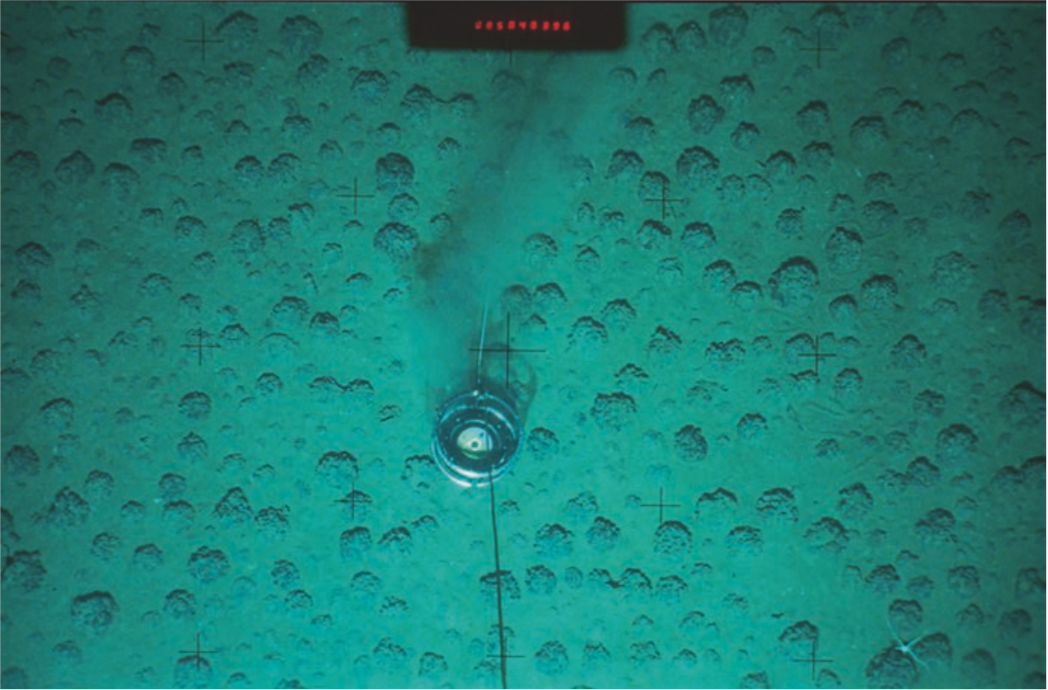
We also have solid data on these nodules by different oceans and seas. In the image below you can see a comparison of the different oceans and seas, and types of deposits found in them. Here you can see the Clarion Clipperton Fracture Zone (CCZ) of the Central Pacific represented by the initialization CCZ, which is known for it’s rich deposits and a prime target of the industry leading Canadian company Nautilus Minerals, which has already applied and received mining rights to some of these areas.
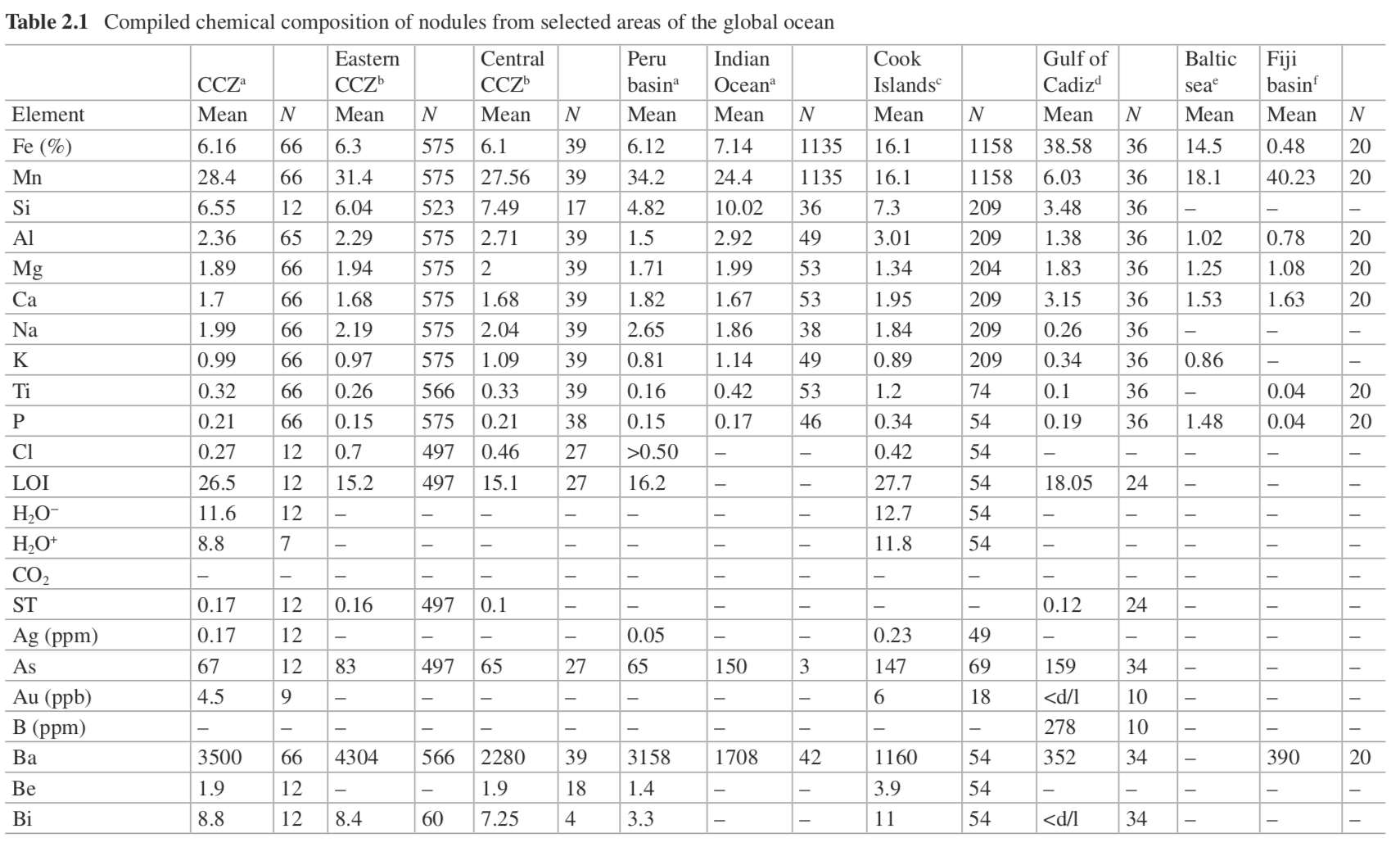
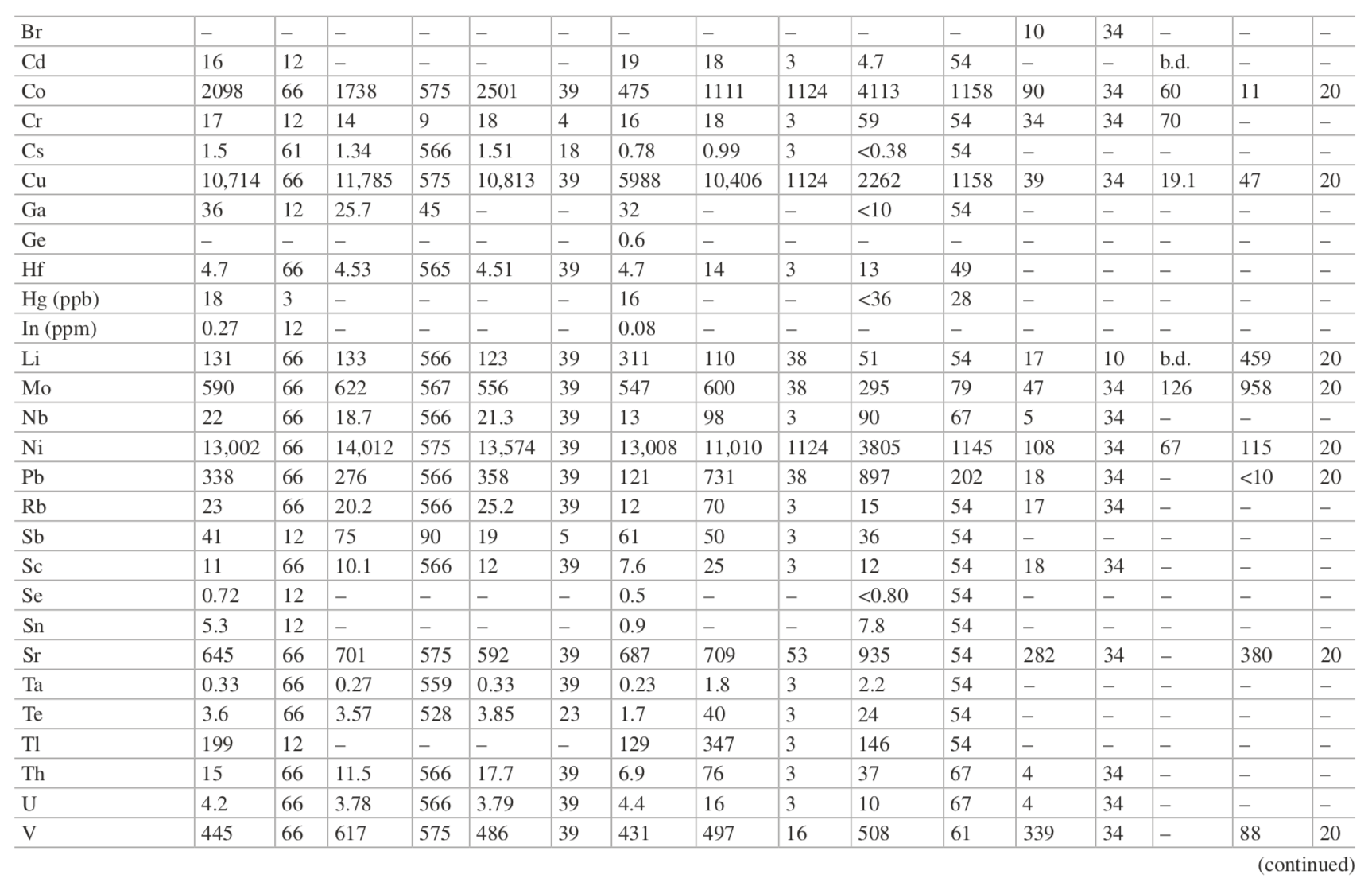
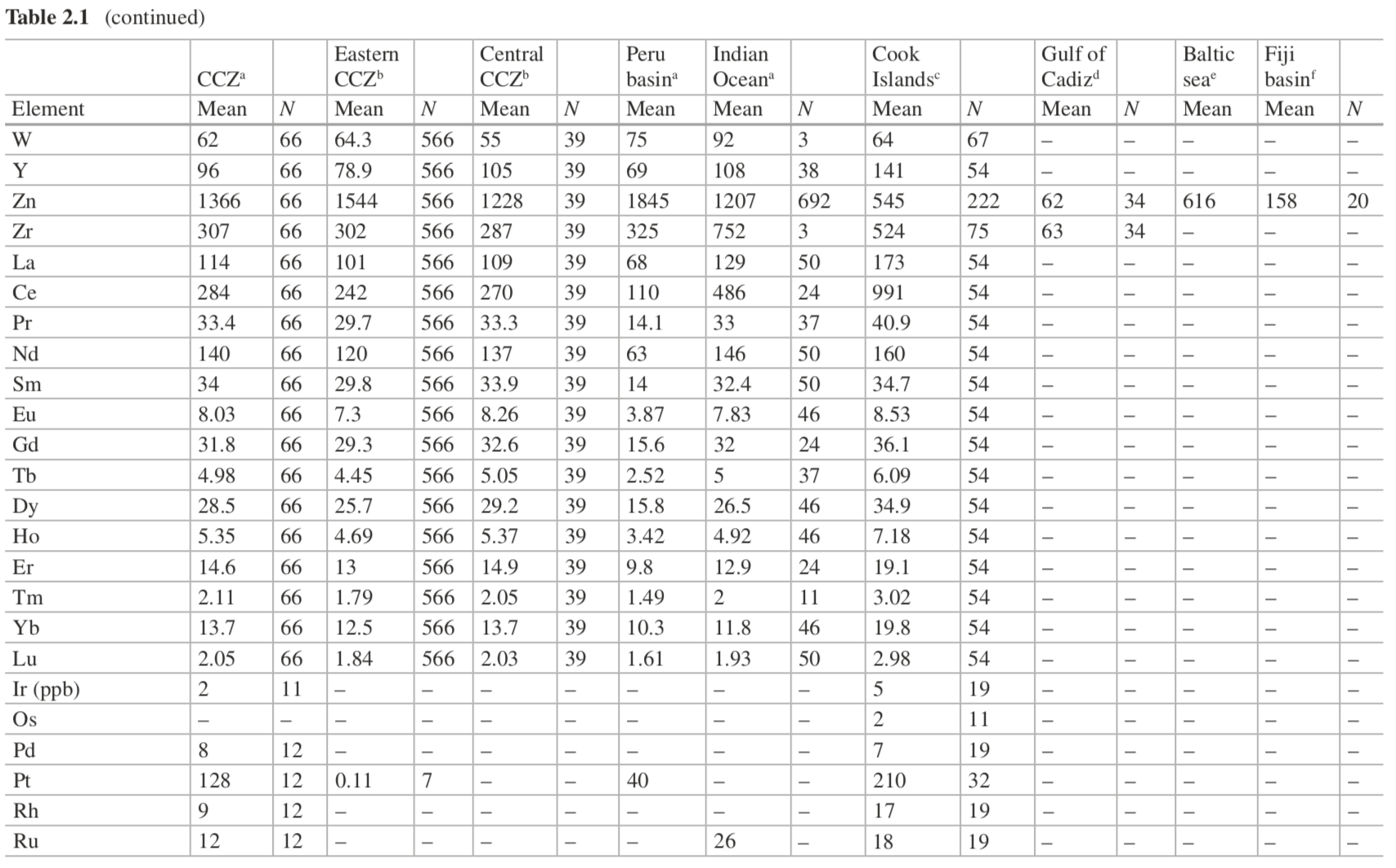
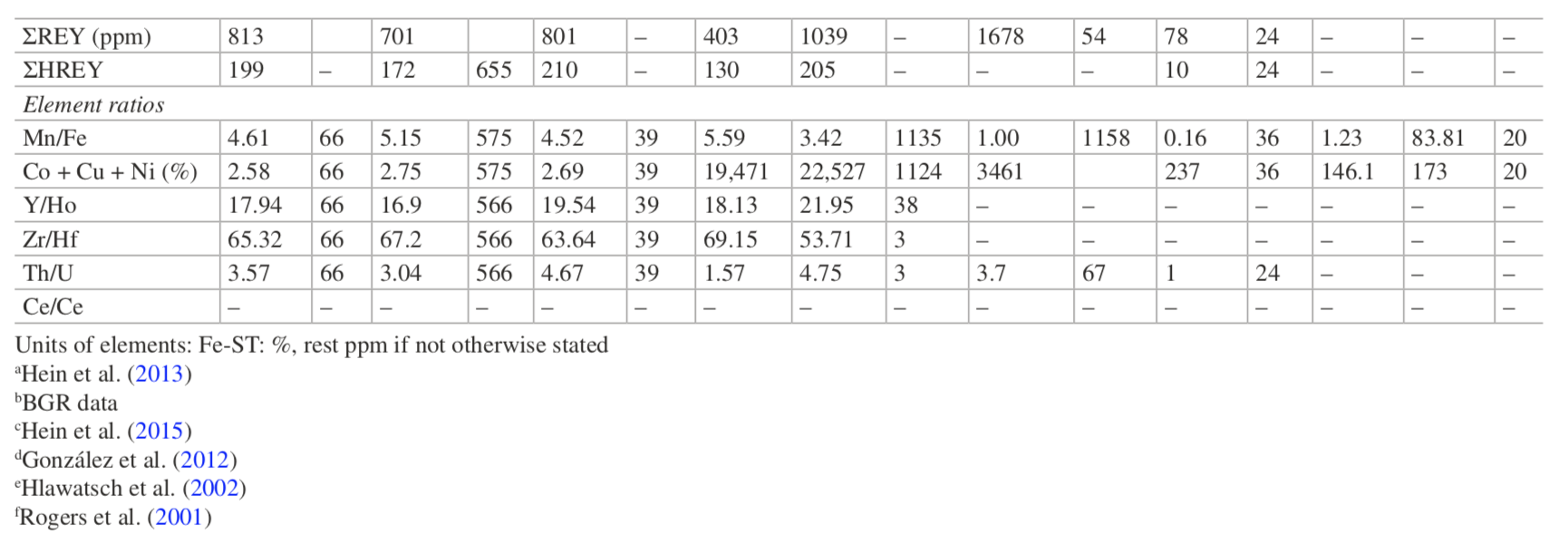
One issue mining seas however is that the deposits are often 3-5k meters below the sea; depths that are inaccessible to people without heavy duty equipment. However as we continue to be more and more reliant on batteries and tech that use metals like cobalt, deep sea mining becomes increasingly attractive. Although recycling and current mining operations may put off significant price increases for these metals, I believe political tensions, growing economic demand and technological advancements we could see deep sea mining become economically viable in the near future. One reason I believe this is that most rare earth minerals come from China or parts of Africa, though China (which is the best suited to keep up with demand) has shown in the past it will deny shipments to other countries when it needs the metal (as it decided not to ship cobalt to Japan when it needed the metal). Additionally they’re trying to build out their electric car and battery industries and are known for using tariffs and other techniques to restrict international markets to advance their own companies and products. It is for these reasons and more I believe private industry and governments should aim for a more diverse supply of metals, especially considering it should soon be a profitable industry.
There are additionally technological advancements I think could bolster the industry. Currently people are envisioning mining the seas with dredges, taking up significant portions of the sea to an above ship, however I don’t see this as an economically efficient way of broaching the challenge. As we have seen with many industries before, I believe we’ll see pathfinding algorithms, machine learning, and smarter hardware to reduce the waste and recover more usable sediment to extract minerals out of, although how I’m not yet sure. Reducing the cost of investment would immediately make deep sea mining more viable as it is already on the cusp of being profitable, making the industry grow. In fact in some areas it is set to be profitable, as the company Nautilus Minerals is attempting to mine cobalt, gold, nickel and copper off of the coast of Papua New Guinea at a depth of around 1000 meters. Unfortunately we’ll have to wait a few more years to see if they’re successful, however I believe this is the beginning of a new chapter in mining.